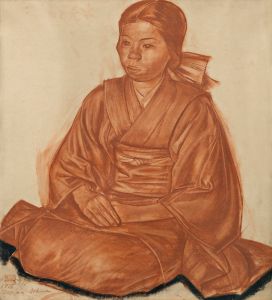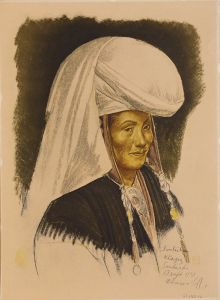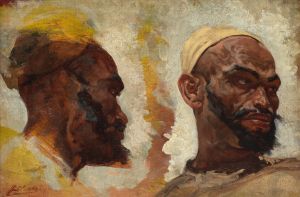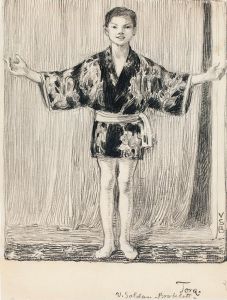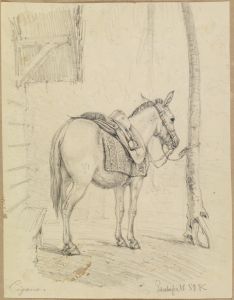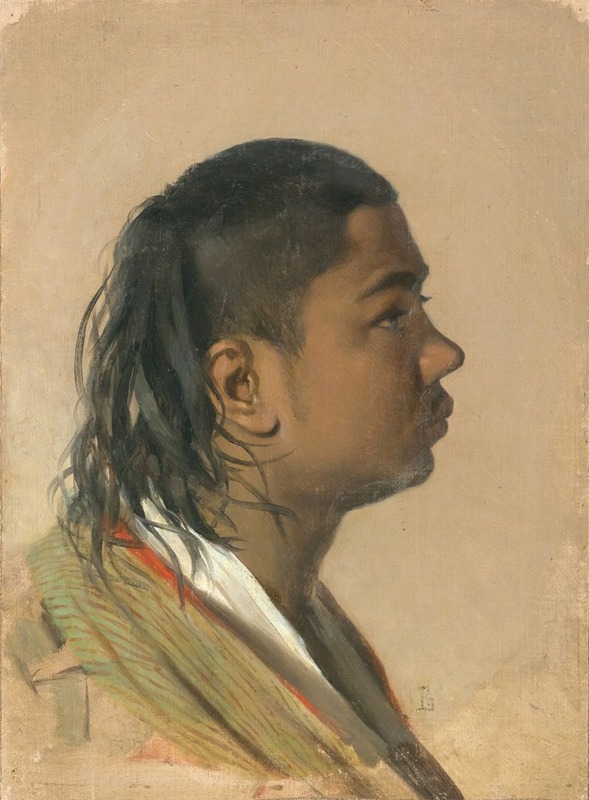
Uzbek boy
A hand-painted replica of Vasily Vereshchagin’s masterpiece Uzbek boy, meticulously crafted by professional artists to capture the true essence of the original. Each piece is created with museum-quality canvas and rare mineral pigments, carefully painted by experienced artists with delicate brushstrokes and rich, layered colors to perfectly recreate the texture of the original artwork. Unlike machine-printed reproductions, this hand-painted version brings the painting to life, infused with the artist’s emotions and skill in every stroke. Whether for personal collection or home decoration, it instantly elevates the artistic atmosphere of any space.
"Uzbek Boy" is a painting by the renowned Russian artist Vasily Vereshchagin, known for his realistic and often provocative depictions of war and the peoples of Central Asia. Vereshchagin, born in 1842 in Cherepovets, Russia, was a pivotal figure in Russian art, particularly noted for his works that focused on the themes of war and the cultural interactions between Russia and its neighboring regions.
The painting "Uzbek Boy" is part of Vereshchagin's broader body of work that captures the diverse ethnic groups and cultures he encountered during his travels. Vereshchagin traveled extensively throughout Central Asia, including regions that are now part of modern-day Uzbekistan, during the late 19th century. These travels were part of his service in the Russian military and his personal interest in the cultures and peoples of the Russian Empire's frontier regions.
"Uzbek Boy" is a portrait that reflects Vereshchagin's keen interest in ethnographic detail and his commitment to realism. The painting depicts a young Uzbek boy, capturing his features and traditional attire with meticulous attention to detail. Vereshchagin's approach to portraiture was characterized by a focus on authenticity and a desire to portray his subjects with dignity and respect, avoiding the exoticism that often characterized Western depictions of Eastern peoples during this period.
Vereshchagin's work, including "Uzbek Boy," is significant for its ethnographic value, providing a visual record of the people and cultures of Central Asia during a time of significant change and upheaval. His paintings are often seen as a counter-narrative to the romanticized and often inaccurate portrayals of the East that were prevalent in 19th-century European art.
The artist's commitment to realism and his firsthand experiences in Central Asia allowed him to create works that were both artistically compelling and historically informative. "Uzbek Boy" is an example of how Vereshchagin used his art to bridge cultural divides and offer viewers a glimpse into the lives of people who were often marginalized or misunderstood in Western narratives.
Vasily Vereshchagin's contributions to art and his unique perspective on the cultures of Central Asia have left a lasting legacy. His works continue to be studied and appreciated for their artistic merit and their role in documenting the diverse cultural landscape of the Russian Empire's frontier regions. "Uzbek Boy," like many of Vereshchagin's paintings, serves as a testament to his skill as an artist and his dedication to portraying the world with honesty and integrity.





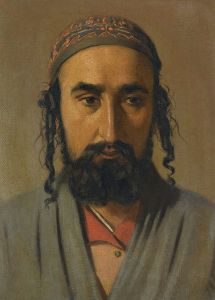
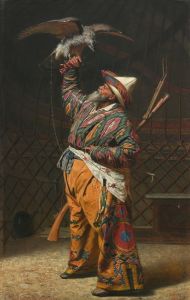
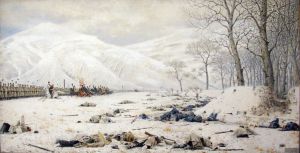
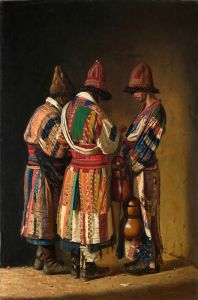
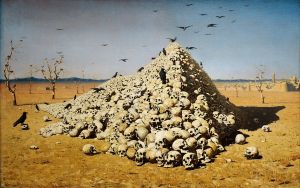

![Group of Nubians, Wady Kardasey [sic] [Qirtâsî].](/imgs/217579/s/david-roberts-group-of-nubians-wady-kardasey-sic-qirtasi-c64109d2.jpg)
